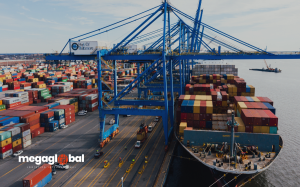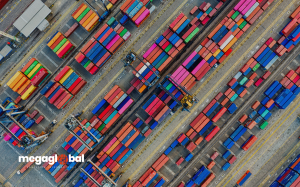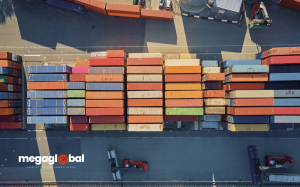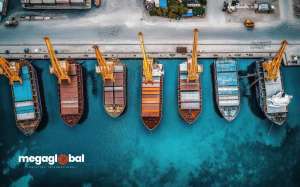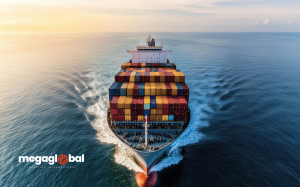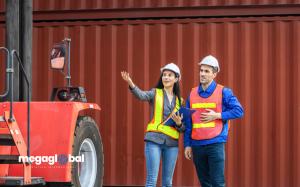Pick the right seal based on cargo type and shipping route
In international trade, securing the physical integrity of your cargo is a critical part of the supply chain that often goes unnoticed. Even when the container meets global standards, the absence of the right seal can expose your goods to tampering, theft, or customs issues. Choosing the right container seal is not just a technicality—it’s a strategic decision. Here’s a breakdown of the most commonly used types of seals, their characteristics, and when you should consider each.
1. Cable Seals: Flexible yet strong
These seals use a metal cable with a tamper-evident locking system. Widely used for international shipping, they offer a balance between strength and ease of installation.
✅ Ideal for general cargo, machinery, textiles, dry food, and mid-value products.
⚠️ They cannot be reused or removed once applied without breaking.
2. Bolt Seals: Heavy-duty protection
Bolt seals are made with a solid steel rod that locks securely into place. They’re extremely resistant and require special tools to cut.
✅ Best for high-value shipments such as electronics, pharmaceuticals, or vehicle parts.
⚠️ Proper installation is key, and once locked, they must be broken to open.
3. Plastic Seals or Strap Seals: Cost-effective visual control
These are made of strong plastic with a simple locking system that allows for quick inspection and visual confirmation of integrity.
✅ Useful for regional shipments or low-sensitivity cargo.
⚠️ Not as secure as metal alternatives.
4. Electronic Seals: Real-time data monitoring
These advanced seals use RFID or GPS to record key data like seal status, opening times, and location. Some even send alerts when tampered with.
✅ Ideal for high-risk or regulated cargo, including perishable goods and luxury items.
⚠️Requires higher investment and proper management.
How to choose the right seal for your container
A wrong choice can lead to unexpected costs, delays, or customs issues. Consider these factors:
– Type and value of goods
– Trade route and transport conditions
– Destination customs requirements
– Frequency and volume of operations
– Traceability needs
Also, make sure your seals have unique serial numbers and comply with ISO/PAS 17712 standards, which are required in many countries.
What if the seal is incorrect or poorly applied?
Incorrect or poorly installed seals can trigger customs inspections, delays, or shipment rejection. Beyond logistics, this can damage your brand’s reputation and reliability in global trade.
Never underestimate the role of a good seal. Choose wisely to protect your shipment—and your business—at every stage of the journey.
#SupplyChainSecurity #ContainerSeals #InternationalTrade #CargoSafety #GlobalShipping #RiskManagement #SafeTransport #CustomsCompliance #SealTypes #FreightSecurity #Megaglobal #Blog #InternationalLogistics #CargoTransport #MaritimeTransport #AirTransport #LandTransport #CustomsManagement


